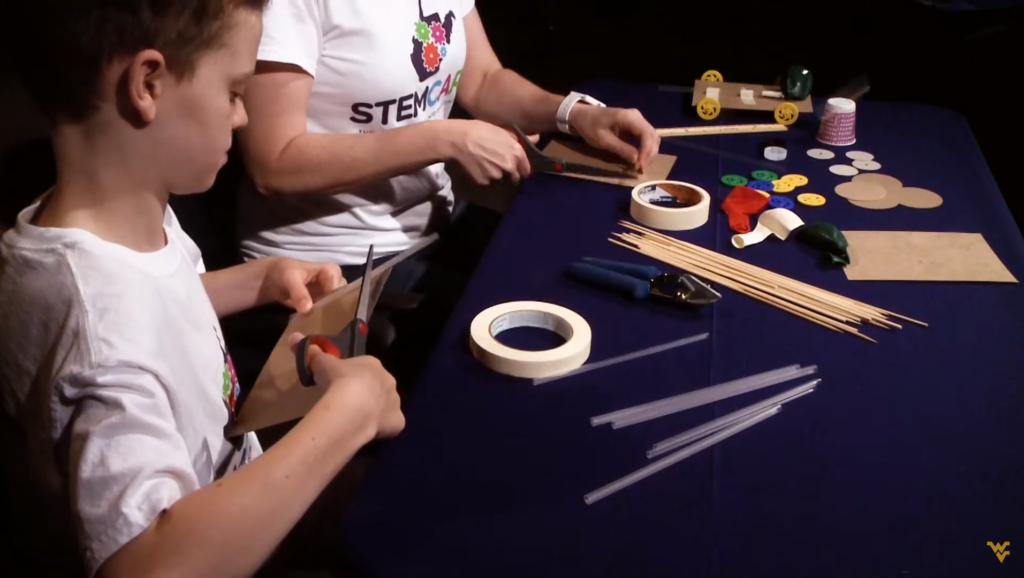The holidays are an important time to rest and relax. Everyone, even kids, needs a break and the winter holidays provide the perfect respite in the academic year. But experts say just a little bit of activity during the downtime can go a long way to starting the new year off right.
Kerry Gabbert, assistant professor and public health evaluation and training specialist for West Virginia University Extension’s Family Nutrition Program SNAP-Ed Program, said daily activity not only has physical benefits for kids, but mental and emotional benefits as well.
“Kids who meet the daily requirements for physical activity have improved memory and concentration, they have a better sleep pattern,” Gabbert said. “And they also experience benefits to their mental and emotional health, like reduced anxiety and depression.”
The daily recommendation for kids aged six to 17 is 60 minutes of physical activity. Whereas the advice used to be that activity should be done in increments of at least 10 minutes, Gabbert said research now shows being active for just two or three minutes at a time can contribute to the total 60 minutes.
“It’s a great way for families to spend time together doing something that can be really fun, it doesn’t have to be overly structured play,” she said. “The best ways for families to be active can be something as simple as taking a walk together after dinner or putting some music on and dancing.”
Families can use physical activity to strengthen their bond and enjoy their time together during the winter break. Gabbert said another way of looking at integrating active time is to break up those lazy winter days, and try to reduce the amount of time kids are sedentary.
“If they’re sitting and playing a video game, or having some other type of screen time, instead of allowing kids to sit and not move around for hours at a time, set a timer for an hour and make sure they get up, move around,” she said. “Maybe walk up and down the stairs, or do a few jumping jacks or even just walk a lap around the house, any kind of movement to break up the sedentary time also helps to get your blood flowing, clear your mind out, and it helps reduce some of the negative impacts that you can get from not being active.”
Students of all ages can also benefit from staying mentally active during the winter break.
Jennifer Robertson-Honecker, WVU associate professor and the STEM (science, technology, engineering, and math) specialist for WVU Extension, was also formerly a high school teacher and said while the academic impact of the winter holiday break isn’t as severe as the “summer slide,” students can still lag come January.
“When they come back after the break, if they’ve done nothing with their brains or with their bodies, there’s often this type of lethargy that’s hard to get them going again,” Robertson-Honecker said.
She said STEM can be made fun, engaging and age-appropriate through crafts and even everyday activities like baking or cooking.
“Think about what you’re already doing with your family and how you could turn it into a learning moment,” Robertson-Honecker said. “A lot of families love to make those salt dough ornaments. There’s a lot of chemistry in that that you can talk about, of how it’s forming.”
She encouraged families to lean into holiday activities, and their messier side. The more fun kids have with an activity, the more likely they are to remember and learn from it.
“It’s really important to do it together, as a family,” Robertson-Honecker said. “Research shows that, when you bring learning like that into the home, it’s just so much more meaningful for kids. And it really sticks with them, and demonstrates lifelong learning, that learning can be fun.”
There are many resources online for at-home learning activities, including on the WVU Extension website. But Robertson-Honecker says there shouldn’t be an objective to get something perfect at the end of holiday activities.
“That low stakes learning really shows that it can be fun and exciting, and something you can do together,” she said. “You can turn any activity into a fun thing to do with your kids.”























